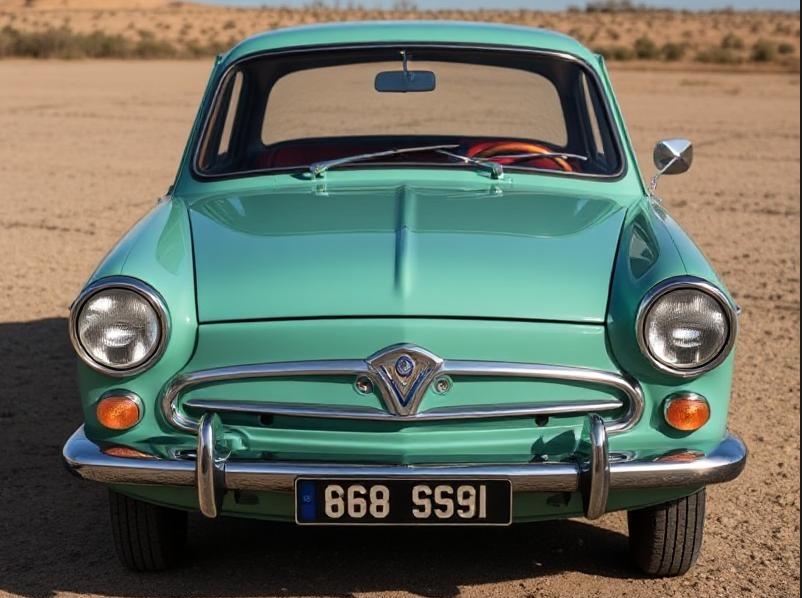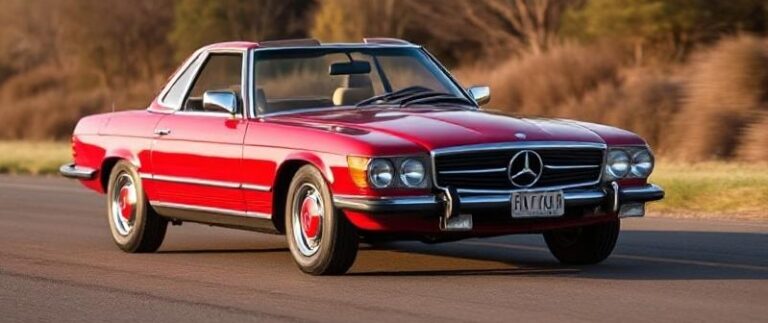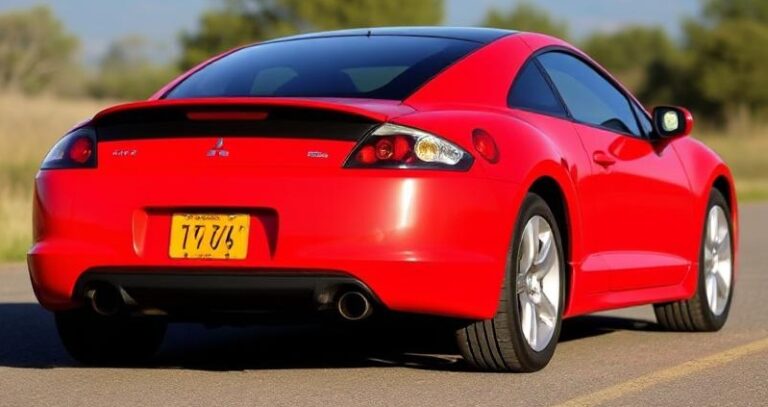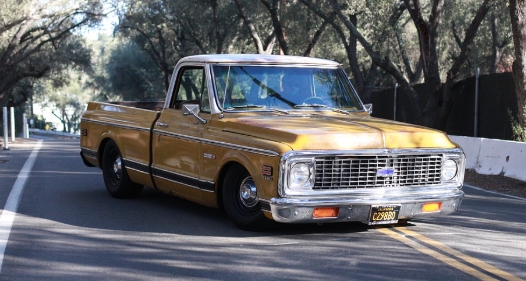The Evolution of the Simca 1000: A Milestone in Automotive History
Introduction
The Simca 1000 is more than just a vehicle; it is a symbol of innovation and endurance in the automotive world. Produced from 1961 to 1978, the Simca 1000 made a significant impact on the European car market, showcasing the transformative power of compact car design during its era. This article explores the evolution of the Simca 1000, detailing its production years, models, and trim levels that spanned nearly two decades.
Historical Background
Simca, which stands for Société Industrielle de Mécanique et Carrosserie Automobile, was founded in 1935 by Fiat in France. Initially producing Fiat cars under license, the company gained independence and ventured into creating its own models in the post-war automotive boom. By the late 1950s, the demand for budget-friendly, efficient compact cars was on the rise, as urbanization and economic recovery in Europe led many consumers to seek practical transportation solutions.
The Genesis of Simca 1000 (1961)
The Simca 1000 debuted in 1961 as a family car that offered affordability and compact design without sacrificing style or performance. Designed by the influential Italian car designer Pininfarina, the 1000 quickly attracted attention for its distinctive wedge-shaped body and innovative rear-engine layout. This design choice provided improved handling characteristics, a spacious interior for passengers, and increased trunk space.
Initially, the Simca 1000 produced 944 cc and was equipped with a four-cylinder engine that offered a modest 38 horsepower. Its design, although simple, was considered quite modern for its time, with a distinctive front grille and gently sloping rear end.
Production Years and Models
The Simca 1000 was produced from 1961 to 1978, with various iterations and models released throughout its lifespan. Below is a comprehensive overview of the primary models and their respective development phases.
1961-1963: The Early Years
- Simca 1000 (1961-1963): The original model featured a two-door sedan body style. As it entered showrooms, its low price point and consistent reliability made it appealing to families. The model was initially available in a single trim level with basic features.
1964-1967: Expansion in Offerings
- Simca 1000 Grand: Launched in 1964, this was a more luxurious variant that incorporated updated interior features such as better upholstery and improved equipment.
- Simca 1000 Coupé: Introduced in 1965, the Coupé variant featured sportier aesthetics and was aimed at a younger demographic. The engine remained largely the same, but the styling showcased a more dynamic design ethos.
- Simca 1000 Rallye: 1966 marked the arrival of the Rallye variant, which sported a more powerful engine (1.0 L) and enhanced suspension for better performance on roads.
1968-1970: Introduction of the 1100 cc Engine
- Simca 1000 Special: In response to consumer demands, this trim level was offered in 1968, boasting upgraded features and performance.
- Simca 1100: The introduction of the 1100 cc engine in 1970 allowed the vehicle to compete more effectively against other compact cars in the market. This version also included more advanced features compared to its predecessors.
1971-1975: Achievements and Variants
- Simca 1000 GLS (1971): Enhancing comfort and style, the GLS variant included features such as upgraded upholstery, power steering, and additional chrome detailing.
- Simca 1000 Rallye II (1972): This version continued the Rallye lineage with tuning adjustments and a more potent engine setup designed for both road and off-road capabilities.
1976-1978: The Final Years
- Simca 1000 S (1976): As the final iteration, the S model provided the ultimate performance enhancements and luxury features, appealing to long-time fans of the brand.
- Simca 1000 (Discontinued in 1978): By this time, the vehicle had reached its evolutionary peak. Despite its loyal fanbase, the production of the Simca 1000 ceased in 1978 as consumer demands shifted towards newer models and designs.
.
How to have a Cool Cheap Fun Muscle Car. Just 9 easy steps to accomplishing that goal!
.
Legacy and Impact
The Simca 1000 holds a unique place in automotive history as one of the first mass-market compact cars produced in France. Its innovative rear-engine layout, affordable pricing, and various trim offerings made it a model that appealed to different market segments. Furthermore, the Simca 1000 helped to establish a new standard for compact cars in Europe, influencing future generations of automobiles.
The many variants of the Simca 1000 contributed to the brand’s diverse offerings in the market, catering to families, sports enthusiasts, and budget-conscious consumers alike. During its production years, the car attained a unique reputation for reliability and fuel efficiency, essential traits for buyers in the 60s and 70s.
Cultural Impact
The cultural significance of the Simca 1000 extends beyond its engineering accomplishments. It became a pop culture icon in France and throughout Europe, often appearing in films, television shows, and even racing events. The vehicle’s design also made it a favorite for modifications and tuning, and many modified versions can still be seen in classic car shows today.
Conclusion
The Simca 1000 represents a significant chapter in the automotive evolution, symbolizing a time when practicality, design, and affordability were at the forefront of consumer demands. Spanning from 1961 to 1978, it ushered in innovations that would influence not only the Simca brand but also the broader automotive industry. The variety of models and trim levels offered throughout its lifecycle allowed it to maintain relevance in a rapidly changing market.
Despite being out of production for over four decades, the Simca 1000 continues to have a loyal following, and its legacy persists among car enthusiasts and collectors. As automotive technology advances, the Simca 1000 serves as a reminder of the ingenuity and vision that has shaped the car industry through the decades, embodying the spirit of a beloved era in automotive history.







